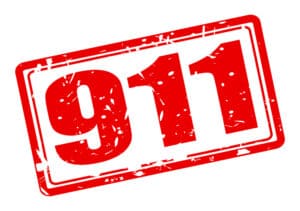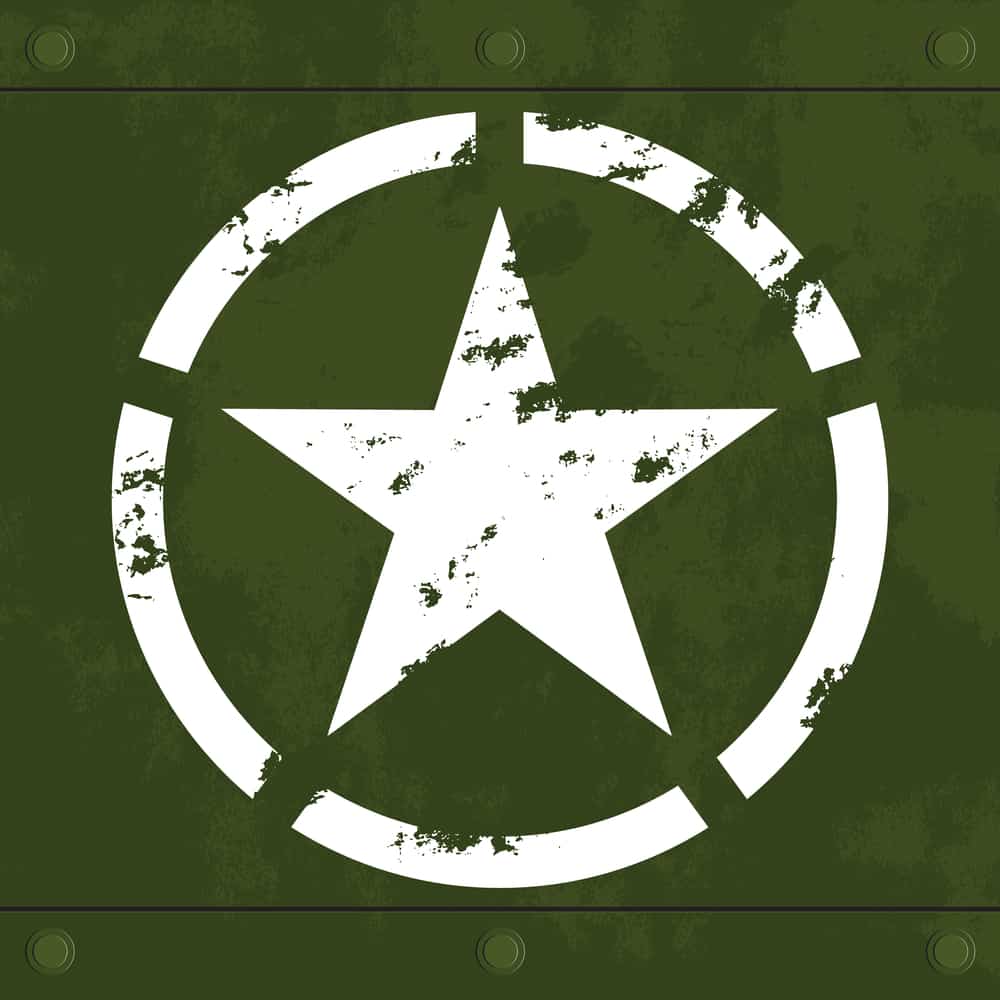
Benefits of Proper Post-Injury Triage
Employer and insurance representatives often only think of the basics following a work injury, ensuring it is reported promptly. Stakeholders who want to go beyond the very basic steps and reduce workers’ compensation program costs need to think about the necessary steps to triage the injury and ensure that the proper level of care is provided to the employee. This can also include directing medical care that saves money in the long term.
A common misconception is that work injuries generally result in the employee being removed from the workplace via ambulance. This is not necessarily the case, as studies demonstrate that roughly 50% of all work injuries only require on-site medical care. While every work injury requires a proper assessment, essential things to consider also include:
- An evaluation of the nature and extent of the injury and what additional medical care is necessary;
- Whether the employee will require restrictions on their activity and possibly miss time from work; and
- What steps need to be taken to return the employee to work should they require restrictions.
These are issues your average supervisor and manager are not equipped to handle. This is why access to telephonic nurse triage can help better assess a work injury and reduce workers’ compensation program costs.
The benefits of an injury triage program are countless. One of the significant reasons why proactive stakeholders implement injury triage is better assessments of the work injury which offers:
- more accurate recommendations regarding what medical treatment is required.
- better recommendations as to the level of care the injured employee requires; and
- allows the employer to control medical care by referring the injured employee to a Preferred Provider Organization.
When using an injury triage program, best in class providers indicate that self-care is recommended 40-50% of the time. This serves as a reminder that such programs significantly reduce unnecessary referrals to health care providers.
Roles and Responsibilities of the Claim Team
Claim management professionals can assist the insured and self-insured clients in many ways. From the onset, they can educate their clients on implementing an effective injury triage program. They can also evaluate the services they provide, which can include:
- Education on injury prevention;
- Offer telephonic or on-site injury triage services to their clients; and
- Review an employer’s return-to-work program and make a recommendation.
Working with the insured and offering creative solutions that are simple to implement is an excellent opportunity for claim teams seeking to expand their business and earn the trust of others. Now is the time to consider these steps.
Being a Fully Engaged Employer
Employers also need to commit injury triage efforts. This requires them to work with their insurance carrier or third-party administrator in a top-down review of all policies and procedures related to injury prevention and post-injury response. Other areas of evaluation and implementation can include:
- Teaching all supervisors and managers to act with respect and dignity when it comes to interacting with an injured employee;
- Encourage all supervisors and managers to follow up via telephone and with a “get well soon” card to all injured employees; and
- Dedicate a point of contact in-house for all return to work efforts.
Being a fully engaged employer earns the trust and confidence of employees and increases workplace morale. Now is the time to evaluate how your workplace handles the unfortunate event of a work injury.
Conclusions
Effective injury triage is a crucial component of every workers’ compensation program. It provides countless benefits while ensuring all injured employees receive the best medical care following an unfortunate event. Now is the time for interested stakeholders on the claims team and insured sides to evaluate and implement an injury triage program to reduce workers’ compensation program costs.
 Author Michael Stack, CEO Amaxx LLC. He is an expert in workers’ compensation cost containment systems and helps employers reduce their workers’ comp costs by 20% to 50%. He works as a consultant to large and mid-market clients, is a co-author of Your Ultimate Guide To Mastering Workers Comp Costs, a comprehensive step-by-step manual of cost containment strategies based on hands-on field experience, and is the founder & lead trainer of Amaxx Workers’ Comp Training Center, which offers the Certified Master of Workers’ Compensation national designation.
Author Michael Stack, CEO Amaxx LLC. He is an expert in workers’ compensation cost containment systems and helps employers reduce their workers’ comp costs by 20% to 50%. He works as a consultant to large and mid-market clients, is a co-author of Your Ultimate Guide To Mastering Workers Comp Costs, a comprehensive step-by-step manual of cost containment strategies based on hands-on field experience, and is the founder & lead trainer of Amaxx Workers’ Comp Training Center, which offers the Certified Master of Workers’ Compensation national designation.
Contact: mstack@reduceyourworkerscomp.com.
Workers’ Comp Roundup Blog: http://blog.reduceyourworkerscomp.com/
©2023 Amaxx LLC. All rights reserved under International Copyright Law.
Do not use this information without independent verification. All state laws vary. You should consult with your insurance broker, attorney, or qualified professional.

















